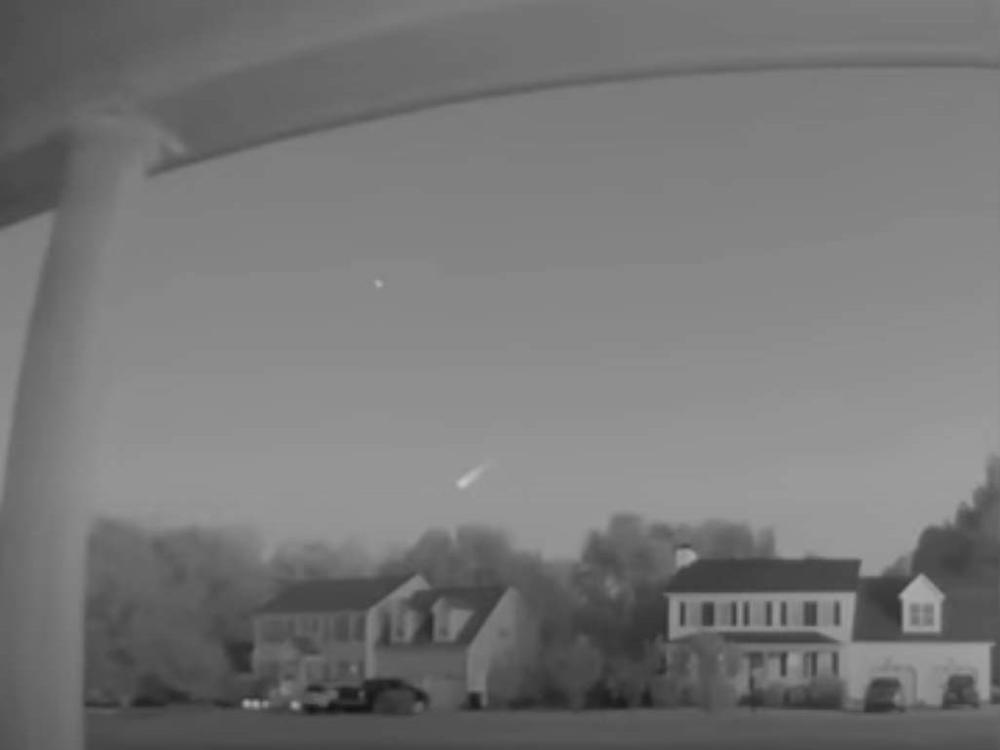Section Branding
Header Content
'Fireball' Meteor Caught On Camera Soaring Over North Carolina At 32,000 MPH
Primary Content
It's a bird, it's a plane, it's a ... fireball?
A video newly released by the American Meteor Society shows a fireball moving across the sky above North Carolina last Friday.
According to NASA Meteor Watch, the phenomenon was seen over North Carolina after 7:30 p.m. and was one of several fireball sightings in the U.S. that night.
An analysis from NASA said the meteor "skimmed the coast of North Carolina," noticeable to viewers when it was some 48 miles above the ocean near Jacksonville, N.C., as it blazed across the sky at 32,000 mph.
Meteoroids typically enter Earth's atmosphere at 25,000 to 160,000 mph; however, they "rapidly decelerate" as they travel through the atmosphere, according to the nonprofit American Meteor Society (AMS).
The fireball traveled 26 miles through Earth's upper atmosphere, later disintegrating 28 miles above Morehead City, N.C.
Up to 150 people across Maryland, South Carolina, Virginia and West Virginia also reported seeing a streaking fireball go across their states, AMS reports.
Friday's fireball was captured in two videos, with one video featured by AMS having over 200,000 views.
So, what exactly is a "fireball"? Fireballs, according to experts, are considered to be "exceptionally bright" meteors that appear brighter than the planet Venus.
Most commonly, fireballs are seen by "ground-based observers" at night.
"Several thousand" fireball meteors occur in Earth's atmosphere each day, with the vast majority taking place over oceans and unpopulated regions, according to AMS.
Copyright 2021 NPR. To see more, visit https://www.npr.org.

